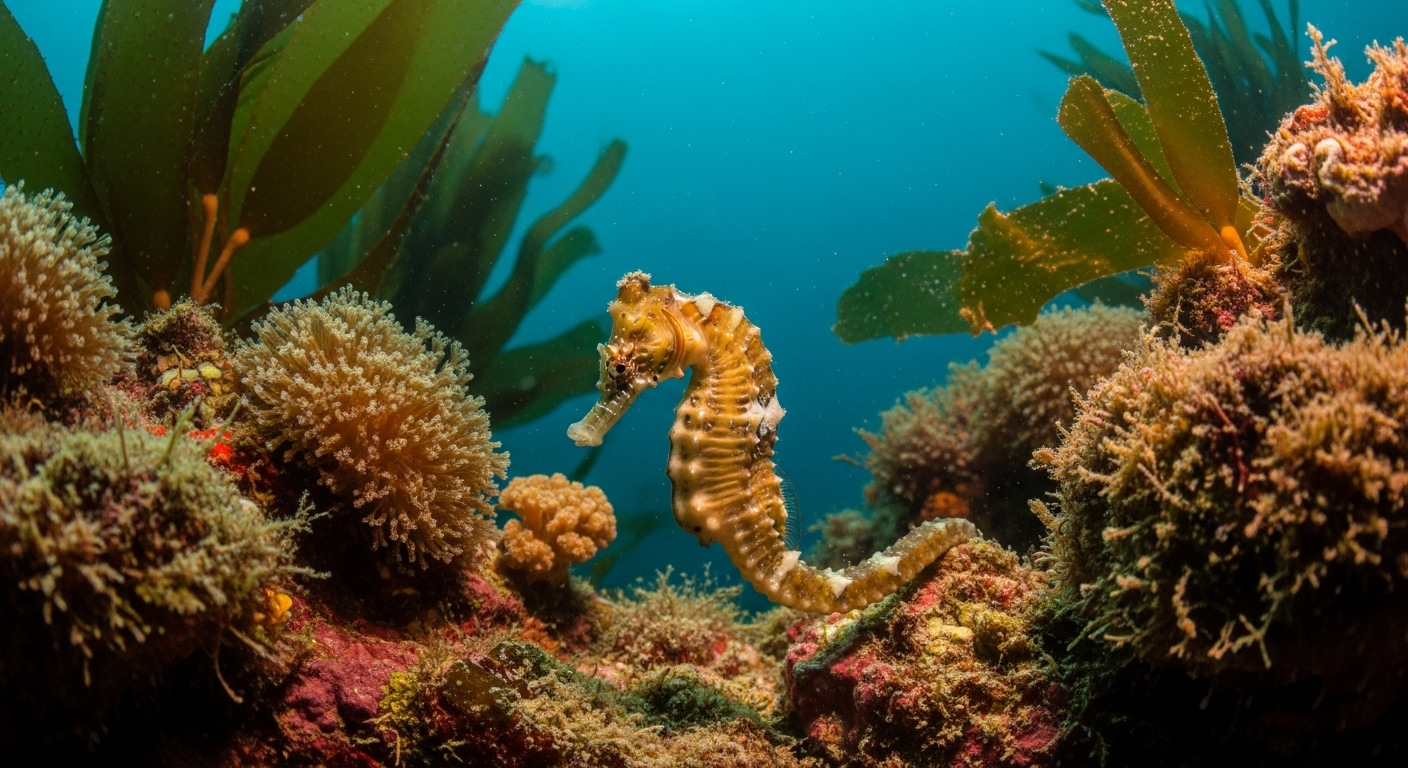Unveiling the Enigmatic World of Seahorses: From Ancient Myths to Modern Conservation
Known for their remarkable biological characteristics and captivating beauty, seahorses have been a subject of fascination for centuries. In this article, we delve deeper into the intriguing universe of these marine creatures, tracing their journey from ancient myths to modern conservation efforts.

Seahorses: A Glimpse into their Historical Context
Seahorses, belonging to the Hippocampus genus, have been a part of human culture and traditions for thousands of years. Ancient Greeks and Romans revered these creatures, immortalizing them in their mythology as the sea-horses that pulled Poseidon or Neptune’s chariot. In Traditional Chinese Medicine, seahorses have been employed for centuries due to their perceived therapeutic properties.
The Biological Eccentricities of Seahorses
The seahorse’s unusual form and behavior have sparked curiosity among scientists. Unlike most fish species, they swim upright, have a prehensile tail to grip onto coral or seaweed, and their head’s unique shape is thought to help them stealthily approach prey. Remarkably, it is the male seahorse that carries and births offspring, a rare occurrence in the animal kingdom.
Current Conservation Concerns: A Call for Action
Today, seahorses face numerous threats, including habitat loss, pollution, and overfishing for traditional medicine and aquarium trades. The International Union for Conservation of Nature (IUCN) lists several seahorse species as vulnerable or endangered. Recent efforts to protect these creatures include habitat restoration projects and stricter regulations on seahorse trade.
The Role of Aquariums in Seahorse Preservation
Aquariums worldwide play a significant role in seahorse conservation, providing a controlled environment for breeding programs. These initiatives help maintain seahorse populations and provide valuable research opportunities. However, home aquariums should only house captive-bred seahorses, as buying wild seahorses can contribute to their decline in natural habitats.
Seahorses: A Market Perspective
While the cost of owning a seahorse can vary, a captive-bred seahorse typically ranges from $100 to $150 in the United States. The market for seahorse-related products, such as jewelry and curios, has also grown over the years. As consumers, we can promote seahorse conservation by making responsible choices and supporting sustainable practices.
In conclusion, seahorses, with their unique biology and rich historical significance, continue to captivate us. However, they need our help to survive amid increasing threats. By understanding their fascinating world, we can contribute to their conservation and ensure these marine marvels continue to thrive for generations to come.




